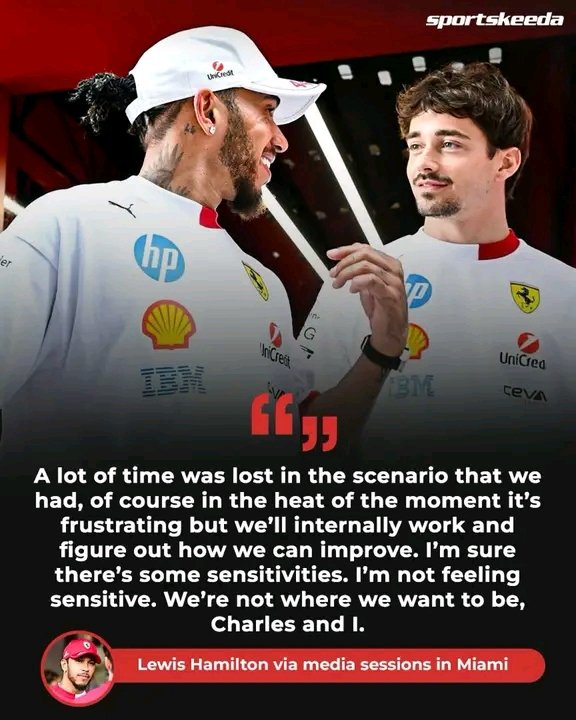Seven-time Formula 1 world champion Lewis Hamilton addressed the contentious on-track maneuver with Ferrari’s Charles Leclerc during the recent Italian Grand Prix, offering a nuanced perspective on the incident that sparked intense debate among fans and pundits alike. Speaking at a post-race press conference, Hamilton acknowledged the close proximity and the resulting jostling for position, but insisted his actions were entirely within the bounds of acceptable racing etiquette. He emphasized his focus on maintaining a clean race, prioritizing a safe outcome over a potentially aggressive overtake that could have jeopardized both drivers. He suggested the perceived controversy may stem from the intense pressure and high stakes of a race at Monza, a track renowned for its close and often dramatic battles.
Hamilton’s explanation centered on the unpredictable nature of high-speed racing and the millisecond decisions drivers must make. He highlighted the challenges of judging braking points and car trajectories accurately, particularly when battling a competitor known for his aggressive driving style, as Leclerc is. He pointed to the lack of contact as a key indicator that his actions weren’t reckless or dangerous. The Mercedes driver further asserted that while he understood the frustration from Leclerc’s perspective, he firmly believed that any perceived unfairness was unintentional and a product of the extremely competitive nature of the race.
The Ferrari team, however, maintained a less conciliatory stance in their own post-race statements. While stopping short of directly accusing Hamilton of foul play, the team subtly implied the maneuver was unduly aggressive and potentially jeopardized Leclerc’s race strategy. This discrepancy in interpretations highlights the subjective nature of judging such incidents, particularly when viewed through the lens of team loyalty and competitive ambition. The stewards ultimately chose not to investigate the incident, leaving the debate to continue amongst fans and analysts.
Hamilton’s response also touched on the broader pressures faced by drivers in a fiercely contested championship. He suggested that the intensity of the competition, coupled with the ever-present media scrutiny, often magnifies even minor on-track incidents. He called for a greater understanding from the fans and media in recognizing the complex and often split-second decisions drivers are forced to make under immense pressure. The pressure, he argued, makes the line between competitive racing and reckless behavior incredibly difficult to discern.
Ultimately, the Hamilton-Leclerc incident served as a microcosm of the high-stakes drama inherent in Formula 1. While Hamilton offered a measured and reasoned explanation, the differing perspectives underscore the inherent subjectivity of interpreting racing incidents and the ongoing tension between fiercely competitive drivers striving for victory. The incident will undoubtedly fuel ongoing debates about sportsmanship, aggressive driving, and the role of interpretation in motorsports’ governance.
